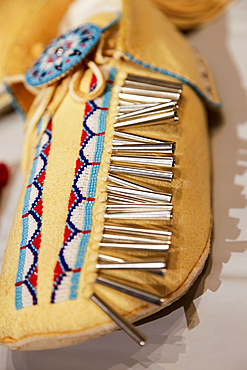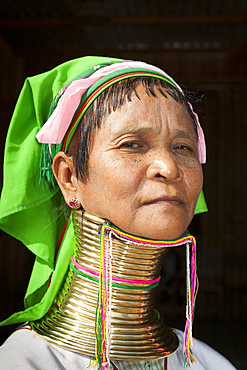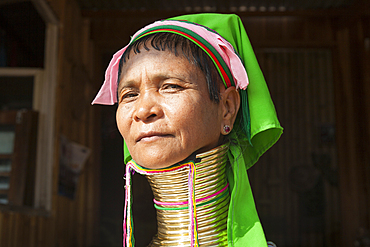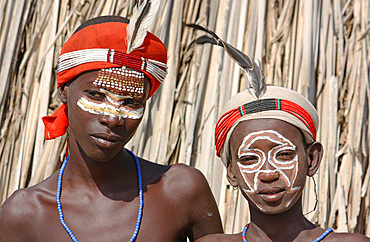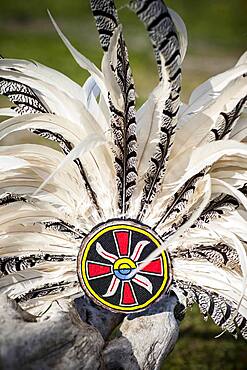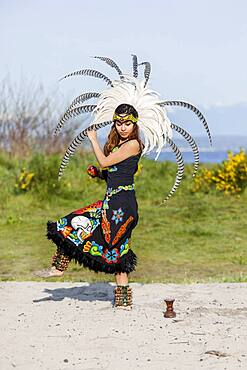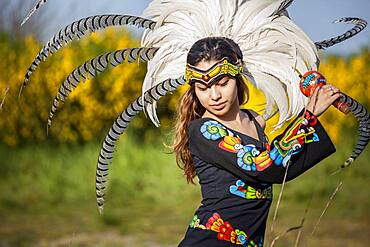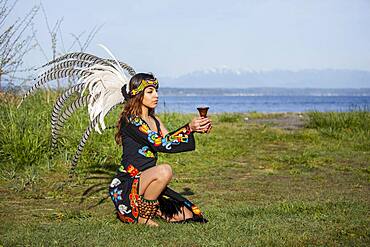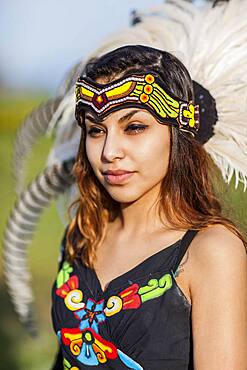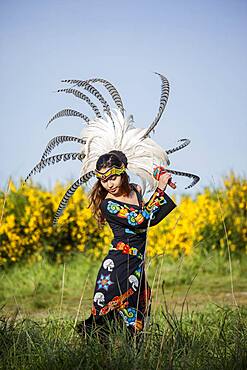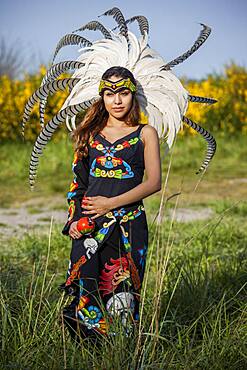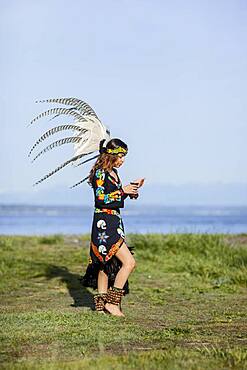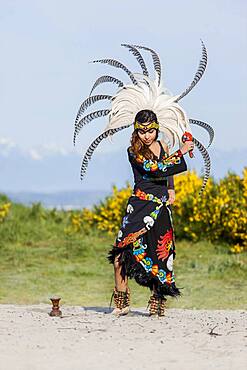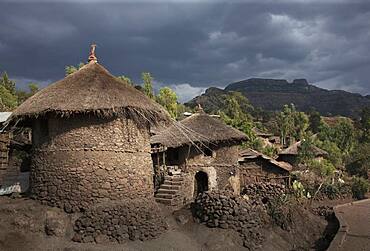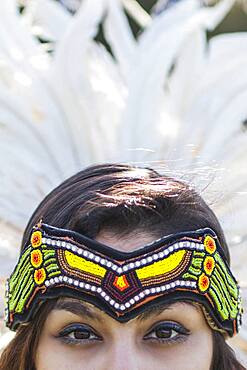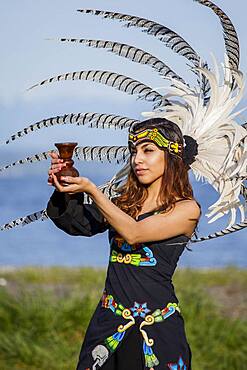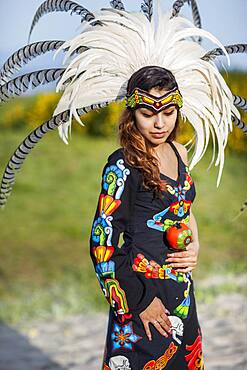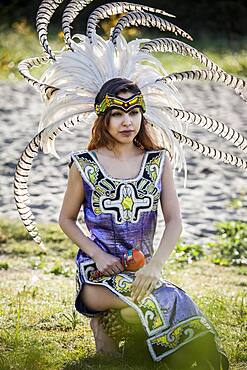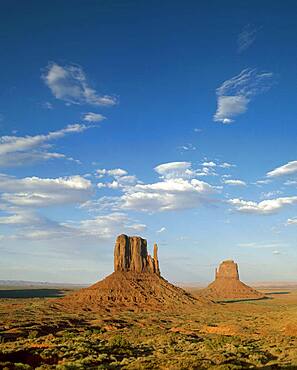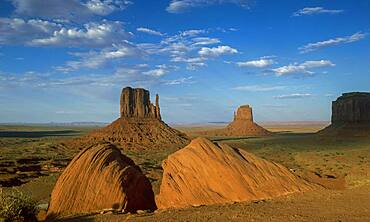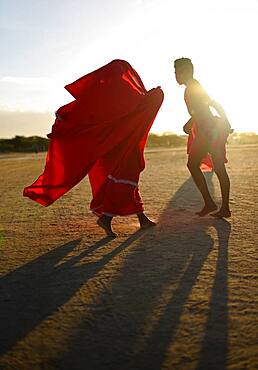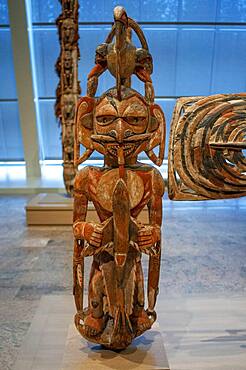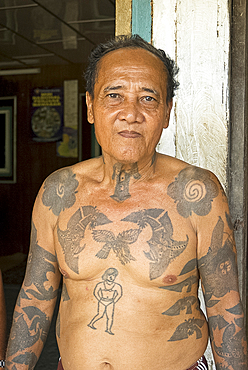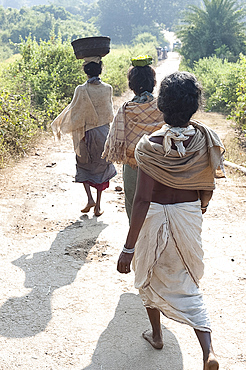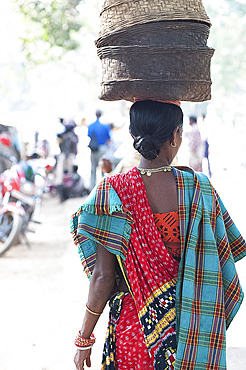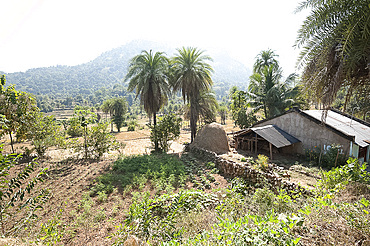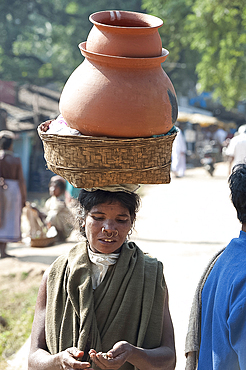Recent searches
Loading...
1178-40250 - Apache man and boy wearing traditional regalia
1178-40251 - Apache man wearing traditional regalia
1178-40726 - Asian woman cooking on patio outdoors
1350-4904 - Woman with long neck from the Padaung tribe, Ywama village, Inle Lake, Shan State, Myanmar, (Burma)
1350-4861 - Woman with long neck from the Padaung tribe, Ywama village, Inle Lake, Shan State, Myanmar, (Burma)
1350-4731 - Model of Indians in reproduction Taino Indian village, Chorro de Maita, Banes, near Guardalavaca, Holguin Province, Cuba
1350-4713 - Young woman with long neck from the Padaung tribe, Ywama village, Inle Lake, Shan State, Myanmar, (Burma)
1350-4934 - Woman with long neck from the Padaung tribe, Ywama village, Inle Lake, Shan State, Myanmar, (Burma)
1113-106431 - Ethiopia; Southern Nations Region; southern Ethiopian highlands; two boys of the Arbore people; with with headdress and face painting; Arbore tribal area between Turmi and the village of Arbore
1350-3226 - Monument Valley with Navajo man posing on horseback at John Ford?s Point; Monument Valley Navajo Tribal Park on the Utah-Arizona border.
1350-3971 - Girl from the slum of Wiyoni department in the northern of the Lamu island in Kenya
1350-3974 - Family from the slum of Wiyoni department in the northern of the Lamu island in Kenya
1350-3975 - Cooking in the street in the slum of Wiyoni department in the northern of the Lamu island in Kenya
1350-3973 - Children from the slum of Wiyoni department in the northern of the Lamu island in Kenya
1178-35236 - USA, Arizona, Road leading to Monument Valley Tribal Park
1178-35261 - USA, Utah, Dream catchers with Elephant Butte in background in Monument Valley Tribal Park
1178-33118 - Native American woman in traditional headdress performing ceremony
1178-33112 - Native American woman in traditional headdress performing ceremony
1178-33108 - Native American woman in traditional headdress performing ceremony
1178-33114 - Native American woman in traditional headdress performing ceremony
1178-33107 - Native American woman in traditional headdress performing ceremony
1178-33121 - Native American woman wearing traditional headdress
1178-33106 - Native American woman in traditional headdress performing ceremony
1178-33120 - Native American woman wearing traditional headdress
1178-33109 - Native American woman in traditional headdress performing ceremony
1178-33115 - Native American woman in traditional headdress performing ceremony
1178-33110 - Native American woman in traditional headdress performing ceremony
1178-33119 - Native American woman in traditional headdress performing ceremony
1178-33113 - Native American woman in traditional headdress performing ceremony
1178-33111 - Native American woman in traditional headdress performing ceremony
1178-33104 - Native American woman wearing traditional headdress
1178-33116 - Native American woman in traditional headdress performing ceremony
1178-33117 - Native American woman in traditional headdress performing ceremony
1178-33122 - Native American woman wearing traditional headdress
1178-33105 - Native American woman in traditional headdress performing ceremony
1111-183 - Portrait of Australian Aboriginal man with tribal paint, Perth, Western Australia, Australia, Pacific
1178-31974 - Arizona, Monument Valley Tribal Park, Empty road in desert leading to Monument Valley
1178-31973 - Arizona, Monument Valley Tribal Park, Empty road in desert leading to Monument Valley
1178-31976 - Arizona, Monument Valley Tribal Park, Empty dirt road in desert in Monument Valley
1178-31972 - Arizona, Monument Valley Tribal Park, West Mitten Butte in Monument Valley
1178-31970 - Arizona, Monument Valley Tribal Park, West and East Mitten Buttes in Monument Valley
1178-31988 - USA, Arizona, Monument Valley Tribal Park, Rock formations
1178-31977 - Arizona, Monument Valley Tribal Park, Road sign in Monument Valley with West and East Mitten Buttes in background
1178-31978 - Arizona, Monument Valley Tribal Park, The Three sisters rock formation in Monument Valley
1178-31975 - Arizona, Monument Valley Tribal Park, West and East Mitten Buttes in Monument Valley
1178-31990 - USA, Arizona, Monument Valley Tribal Park, Cars lights on dirt road in Monument Valley at night
1350-1865 - Yonna dance, also called Chichamaya, carries a considerable symbolic charge for the Wayuu indigenous people of Colombia, representing three basic principles for this tribal group: Social equality, collective solidarity and the improvement of relations between the human being and the Cosmos.
1350-1859 - Yonna dance, also called Chichamaya, carries a considerable symbolic charge for the Wayuu indigenous people of Colombia, representing three basic principles for this tribal group: Social equality, collective solidarity and the improvement of relations between the human being and the Cosmos.
1350-1871 - Yonna dance, also called Chichamaya, carries a considerable symbolic charge for the Wayuu indigenous people of Colombia, representing three basic principles for this tribal group: Social equality, collective solidarity and the improvement of relations between the human being and the Cosmos.
1350-1860 - Yonna dance, also called Chichamaya, carries a considerable symbolic charge for the Wayuu indigenous people of Colombia, representing three basic principles for this tribal group: Social equality, collective solidarity and the improvement of relations between the human being and the Cosmos.
1350-1861 - Yonna dance, also called Chichamaya, carries a considerable symbolic charge for the Wayuu indigenous people of Colombia, representing three basic principles for this tribal group: Social equality, collective solidarity and the improvement of relations between the human being and the Cosmos.
1350-1862 - Yonna dance, also called Chichamaya, carries a considerable symbolic charge for the Wayuu indigenous people of Colombia, representing three basic principles for this tribal group: Social equality, collective solidarity and the improvement of relations between the human being and the Cosmos.
1350-1866 - Yonna dance, also called Chichamaya, carries a considerable symbolic charge for the Wayuu indigenous people of Colombia, representing three basic principles for this tribal group: Social equality, collective solidarity and the improvement of relations between the human being and the Cosmos.
1350-1870 - Yonna dance, also called Chichamaya, carries a considerable symbolic charge for the Wayuu indigenous people of Colombia, representing three basic principles for this tribal group: Social equality, collective solidarity and the improvement of relations between the human being and the Cosmos.
1350-2073 - New Ireland Malagan funerary statue in at the Metropolitan Museum of Art museum, New York, USA. New Ireland is part of the Bismarck Archipelago, situated north of New Guinea, and has an estimated population of 100,000. The Dutch first encountered the island in 1616, and today New Ireland is a province of Papua New Guinea. Nineteen different languages are spoken on the island, and it is divided by a chain of mountains into three distinct regions: northern, central, and southeastern. The art of New Ireland traditionally centered on mortuary ceremonies and feasts to honor the dead. In northern New Ireland, the name given to these elaborate ceremonies is malagan, which is also the term used for the carved and painted sculptures associated with the ceremonies.
1350-1868 - Yonna dance, also called Chichamaya, carries a considerable symbolic charge for the Wayuu indigenous people of Colombia, representing three basic principles for this tribal group: Social equality, collective solidarity and the improvement of relations between the human being and the Cosmos.
1350-1858 - Yonna dance, also called Chichamaya, carries a considerable symbolic charge for the Wayuu indigenous people of Colombia, representing three basic principles for this tribal group: Social equality, collective solidarity and the improvement of relations between the human being and the Cosmos.
1350-2128 - Dancing show of polynesian dances on Paul Gauguin cruise ship. France, French Polynesia, Polynesian, South Pacific.
1350-2126 - Portrait of a old women in Huahine, Society Islands, French Polynesia, South Pacific.
1350-1869 - Yonna dance, also called Chichamaya, carries a considerable symbolic charge for the Wayuu indigenous people of Colombia, representing three basic principles for this tribal group: Social equality, collective solidarity and the improvement of relations between the human being and the Cosmos.
1350-2228 - Entertainment group singing in the Paul Gauguin cruise ship. France, French Polynesia, Polynesian, South Pacific.
1350-1863 - Yonna dance, also called Chichamaya, carries a considerable symbolic charge for the Wayuu indigenous people of Colombia, representing three basic principles for this tribal group: Social equality, collective solidarity and the improvement of relations between the human being and the Cosmos.
1350-1864 - Yonna dance, also called Chichamaya, carries a considerable symbolic charge for the Wayuu indigenous people of Colombia, representing three basic principles for this tribal group: Social equality, collective solidarity and the improvement of relations between the human being and the Cosmos.
1350-1867 - Yonna dance, also called Chichamaya, carries a considerable symbolic charge for the Wayuu indigenous people of Colombia, representing three basic principles for this tribal group: Social equality, collective solidarity and the improvement of relations between the human being and the Cosmos.
1350-2122 - Portrait of a old woman in Huahine, Society Islands, French Polynesia, South Pacific.
1350-2229 - Entertainment group singing in the Paul Gauguin cruise ship. France, French Polynesia, Polynesian, South Pacific.
1350-2127 - Dancing show of polynesian dances on Paul Gauguin cruise ship. France, French Polynesia, Polynesian, South Pacific.
1160-4578 - Monument Valley with West Mitten Butte, East Mitten Butte and Merrick Butte, Monument Valley Tribal Park, Arizona, United States of America, North America
1160-4579 - Monument Valley at sunrise, Monument Valley Tribal Park, Arizona, United States of America, North America
1160-4577 - Monument Valley with West Mitten Butte, East Mitten Butte and Merrick Butte, Monument Valley Tribal Park, Arizona, United States of America, North America
805-373 - Desia Kondh tribal market vegetable stall, woman selling chillies, tomatoes, onions and potatoes, near Rayagada, Orissa, India, Asia
805-396 - Tribal dancing by village women celebrating the rice harvest, rural Orissa, India, Asia
805-94 - Jugah, an Iban tribal longhouse head man (Tuai Rumah), with traditional warrior tattoos, Kapit district, Sarawak, Malaysian Borneo, Malaysia, Southeast Asia, Asia
805-255 - Assamese tribal village women, mother and daughters, crushing herb leaves in domestic stone mill, Majuli Island, Assam, India, Asia
805-402 - Saura tribal village in rural Orissa, hand winnowed rice drying in the central area, Orissan style haystacks behind, Orissa, India, Asia
805-306 - Two Gadaba tribeswomen each with traditional jewellery denoting their tribe, at Bonda tribal street market, Rayagader, Orissa, India, Asia
805-405 - Man keeping small village shop in Saura tribal village, Orissa, India, Asia
805-370 - Young man standing in traditional Desia Kondh tribal village street, mud bricks drying in the sun, Bissam Cuttack, Orissa, India, Asia
805-58 - Woman sitting in late afternoon sunshine against blue house wall in Mali tribal village, Jeypore district, Orissa, India, Asia
805-388 - Dunguria Kondh tribeswomen walking barefoot to tribal market carrying baskets of produce on their heads, Bissam Cuttack, Orissa, India, Asia
805-55 - Iban tribesman wearing traditional tribal headdress of hornbill feathers, monkey hair and traditional beadwork, Mulu, Sarawak, Malaysian Borneo, Malaysia, Southeast Asia, Asia
805-254 - Assamese tribal village women, mother and daughters, crushing herb leaves in domestic stone mill, Majuli Island, Assam, India, Asia
805-390 - Woman at weekly tribal market wearing brightly coloured clothing and carrying baskets on her head, Bissam Cuttack, Orissa, India, Asia
805-403 - Vegetables growing in communal village plot in Saura tribal village, rural Orissa, India, Asia
805-371 - Two Desia Kondh tribal women squatting outside their village house holding welcome bowl of ash, Bissam Cuttack, Orissa, India, Asia
805-391 - Dunguria Kondh woman with tribal noserings carrying terracotta pots in a basket on her head, Bissam Cuttack, Orissa, India, Asia









